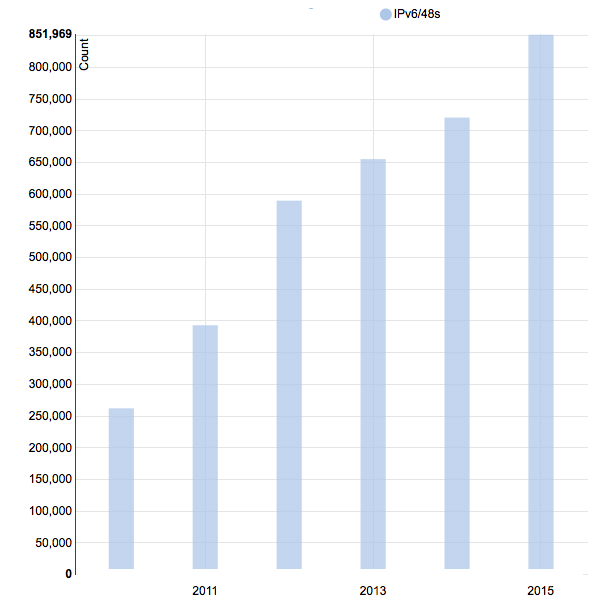
Mongolia’s nomadic lifestyle has been synonymous with the country for thousands of years. Even though numbers of nomads have significantly decreased over the last century, with many moving to the country’s largest city, Ulaanbaatar, for work or school, around 30% of the population still chooses to live outside of cities.
This choice of where and how these people live however, does not make them averse to adopting technology. On the contrary, technologies such as solar and mobile have made living a nomadic or rural lifestyle more maintainable for many.
Having said this, expanding and maintaining the economy’s mobile and broadband coverage is a major challenge for Mongolia’s operators. Equally as challenging is expanding the fixed line network to meet the growing demand for faster Internet speeds.
Impressively, these challenges are gradually being met.
Nurturing Mongolia’s telco industry
According to a recent in-depth study commissioned by the Economic and Social Commission for Asia and the Pacific (ESCAP) – a regional development arm of the United Nations – Mongolia’s operators tripled the amount of fibre optic cable in Mongolia between 2009 and 2014, expanding network reach into Mongolia’s sparsely populated rural regions.
Looking back, this substantial increase could be attributed to a number of factors, including the:
- Five-year 100% tax concessions, followed by another five-year 50% tax concession, which the government provided the founding four operators as an incentive to establish and broaden their networks in rural areas.
- Generous support foreign telcos have provided, particularly those from South Korea and Japan.
- The Information and Communications Infrastructure Development Project carried out with funding from the World Bank Group, which connected each of the country’s 360 sum centres (district seats) to telephone and Internet services, and 34 to high-speed Internet services.
Although these and other factors have had a significant impact in expanding Mongolia’s fixed network, the growing popularity of mobile broadband is expected to, and in many ways already has, led to overall broadband growth in the economy.
Mobile broadband most popular way to connect to the Internet
Like many economies in the Asia Pacific region, smartphones are Mongolia’s most popular device for getting online.
Of the reported 1.1 million Internet subscribers in Mongolia (2014), five out of six access the Internet via mobile, a figure which one report believes will grow further in years to come – particularly with greater 3G coverage and expected rollout of 4G coverage in 2016.
With the exhaustion of IPv4 addresses in the region, the government is aware that to sustain this growth in Internet-connected devices it is necessary for its telecommunication industry to transition from IPv4 to IPv6.
Transitioning from IPv4 to IPv6
To help with the transition, the Information Technology, Post and Telecommunications Authority (ITPTA) and the Communications Regulation Commission (CRC) of Mongolia established a joint working group in 2015 to assess the status of IPv6 transition and provide guidelines and ultimately a national roadmap for the transition.
As a first step, the working group surveyed ISPs in Mongolia in an effort to form a base measurement and understanding of IPv6 deployment and awareness of which 11 of 22 ISPs responded to. Of those who responded:
- 60% said their company would exhaust their IPv4 address resources by 2016
- 54% were in the dark as to whether their company had a plan to deploy IPv6
- 70% felt they had a general understanding of IPv6 but only 40% thought their engineers had the adequate skills to deploy IPv6
To assist with the latter two points, the working group contracted the ITU (with support from APNIC) to run a national workshop on IPv6 transition strategies and technologies for the purpose of building awareness and capacity among all its stakeholders. Encouragingly, three network operators, including Mongolia’s largest mobile phone operator, Mobicom, also took this opportunity to request individual assistance for their engineers in IPv6 deployment.
APNIC is pleased to be supporting these initiatives and looks forward to participating in future training events.
The views expressed by the authors of this blog are their own and do not necessarily reflect the views of APNIC. Please note a Code of Conduct applies to this blog.

